All you need to know about Kargil Vijay Diwas
- Duration of the War: May 8 to July 26, 1999
- Location: Drass and Batalik Sectors of Kargil in the Ladakh region, at an altitude of approximately 16,000 feet
- Conflict: The Kargil War was fought against intruders from Pakistan who crossed the Line of Control (LoC) into Indian territory during the winter of 1998
- Intruders’ Positions: They occupied fortified positions overlooking NH 1A
- Casualties:
– 1,042 Pakistani soldiers were killed
– 527 Indian soldiers lost their lives - Outcome: India successfully recovered control of the occupied regions and restored normalcy
- Operation Vijay: The operation that led to the end of the war
- Annual Remembrance: Every year, India commemorates the bravery, sacrifice, and fortitude of the soldiers who fought in the Kargil War
Operation Vijay, Safed Sagar and Operation Talwar
With the mobilisation of more than 2,00,000 troops of the Indian Army, India responded to Pakistani infiltrators with Operation Vijay. The government took the decision of involving Airforce in the Kargil War on May 25. And this operation was given the code-name Operation Safed Sagar.
And not just Army and Indian Air Force, but the Indian Navy too strategically mounted pressure on Pakistan through Operation Talwar. The Navy was patrolling off the Pakistani coasts during the war aggressively.
And with the cumulative success of all three branches of armed forces, the Kargil War finally came to an end on July 26. That was the day when Indian soldiers were able to flush out all the Pakistani infiltrators from their illegally occupied positions and marked this day as Kargil Vijay Diwas.
Hero’s of Kargil War 1999: Kargil Vijay Diwas
- Captain Vikram Batra: Known for his leadership and valor, Captain Batra led a critical operation to recapture Point 4875 and was instrumental in capturing Tiger Hill. He was awarded the Param Vir Chakra, India’s highest military honor, for his exceptional courage.
- Lieutenant Manoj Kumar Pandey: Lieutenant Pandey displayed extraordinary bravery in leading his men in the face of heavy enemy fire. He played a key role in the capture of Khalubar Hill and was posthumously awarded the Param Vir Chakra for his valor.
- Grenadier Yogender Singh Yadav: Despite being severely injured, Grenadier Yadav showed remarkable courage and resilience. He played a pivotal role in the capture of Point 4875 and was awarded the Param Vir Chakra for his bravery.
- Lance Naik Sanjay Kumar: Lance Naik Kumar exhibited exceptional bravery during the recapture of Point 4875. He fought off multiple enemy attacks despite being injured and was awarded the Param Vir Chakra for his heroism.
- Major Sudhir Kumar Walia: Major Walia was instrumental in the capture of strategic positions and showed great leadership on the battlefield. He was awarded the Mahavir Chakra, India’s second-highest military honor, for his valor.
- Captain Anuj Nayyar: Captain Nayyar led his team effectively during intense combat situations. He was awarded the Mahavir Chakra for his courageous efforts and leadership.

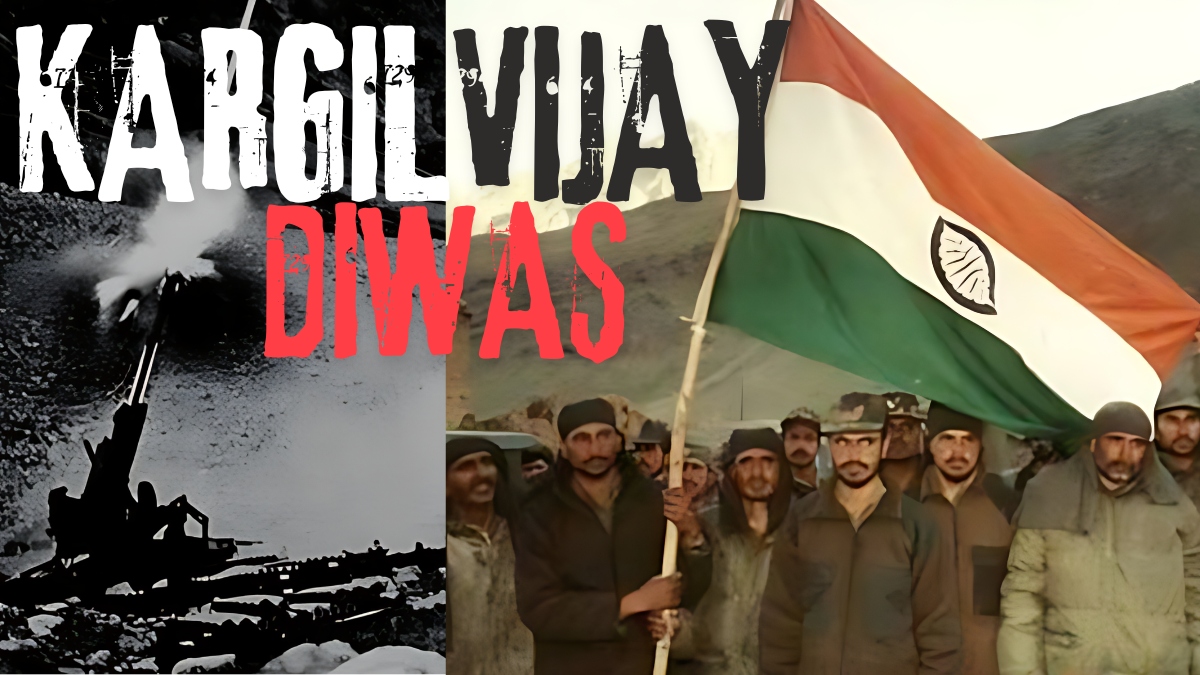
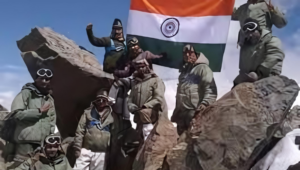
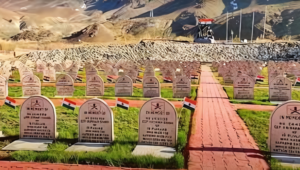


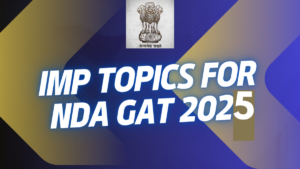 Important Topics to Score 300+ in NDA GA...
Important Topics to Score 300+ in NDA GA...
 CDS Exam Pattern 2025, OTA, IMA, INA and...
CDS Exam Pattern 2025, OTA, IMA, INA and...
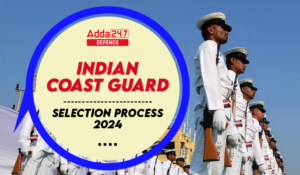 Indian Coast Guard Navik Selection Proce...
Indian Coast Guard Navik Selection Proce...





